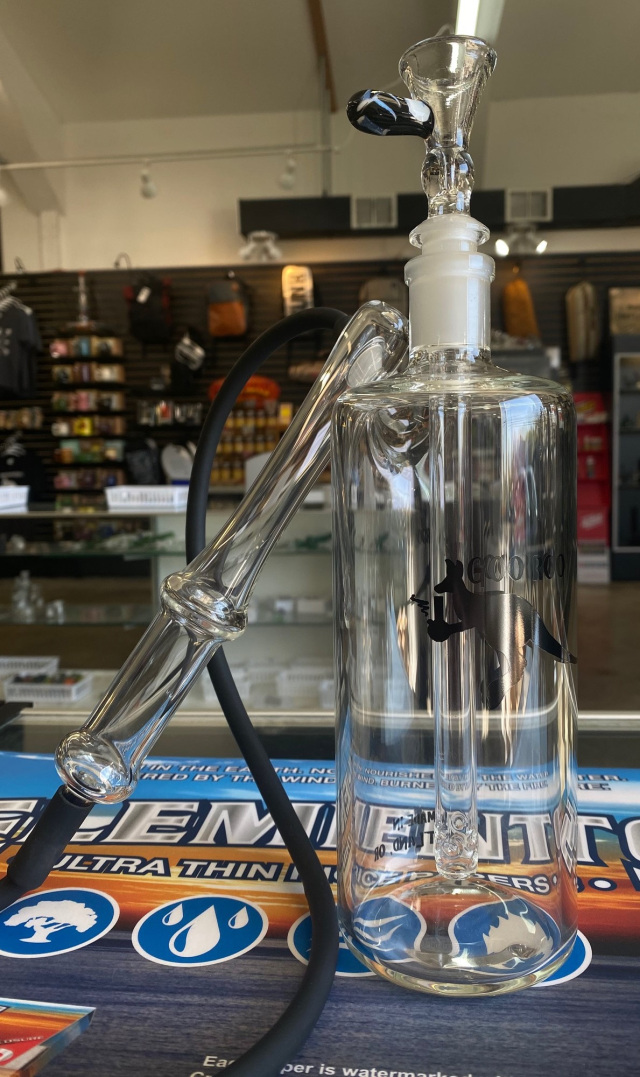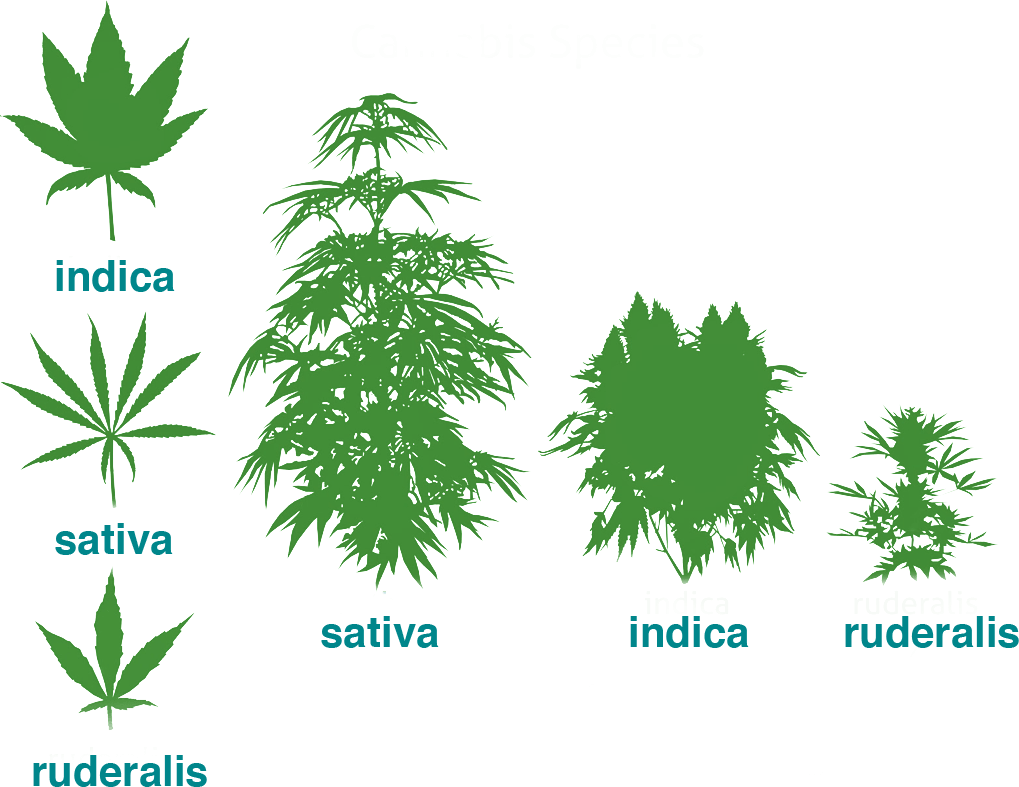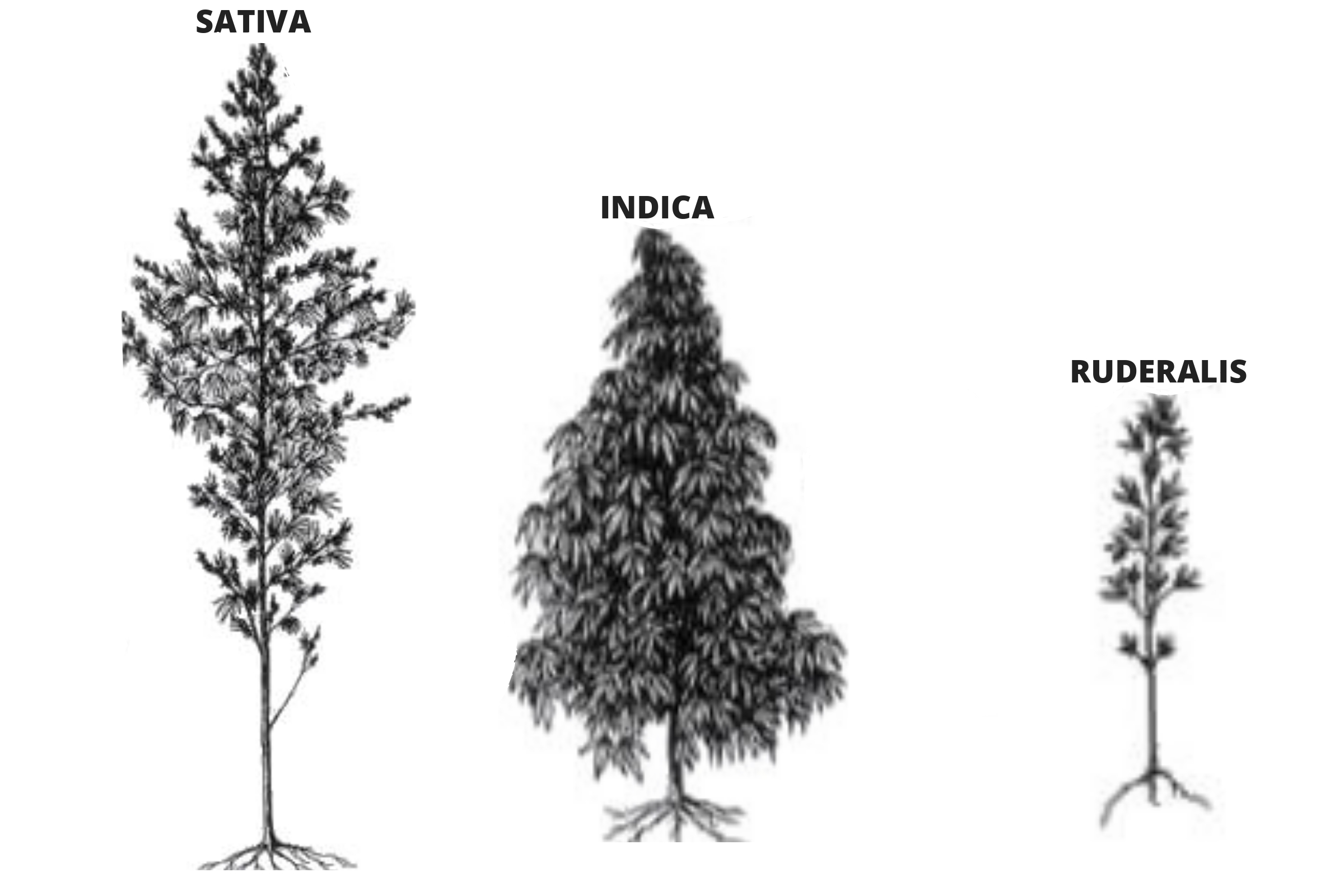friedrich
Little-Known Member
DrömmenOmFrihet said:Why the fuck do they call them beaker bongs when scientific beakers are flat? It’s flask-style
However what you refer to as beaker, in my mind does always have the flat bottom... The way you described flasks in the third option though, makes me think you were actually talking about a round bottom flask style bong??
Yes, I'll admit to being bugged by beaker bong bnomenclature as well… sufficiently to explain here. Apologies for the silly pedantry; I've been enjoying my new Alpha Underdog rather a lot, and bong shopping, after having broken my old one.
A beaker, as anyone who has taken a chemistry class may recall, is a straight-sided cylindrical vessel:

Whereas flasks have a narrower neck and wider body, usually conical or rounded:


Therefore what's called a "beaker" bong should more appropriately be designated a "flask", and a straight tube a "beaker".








